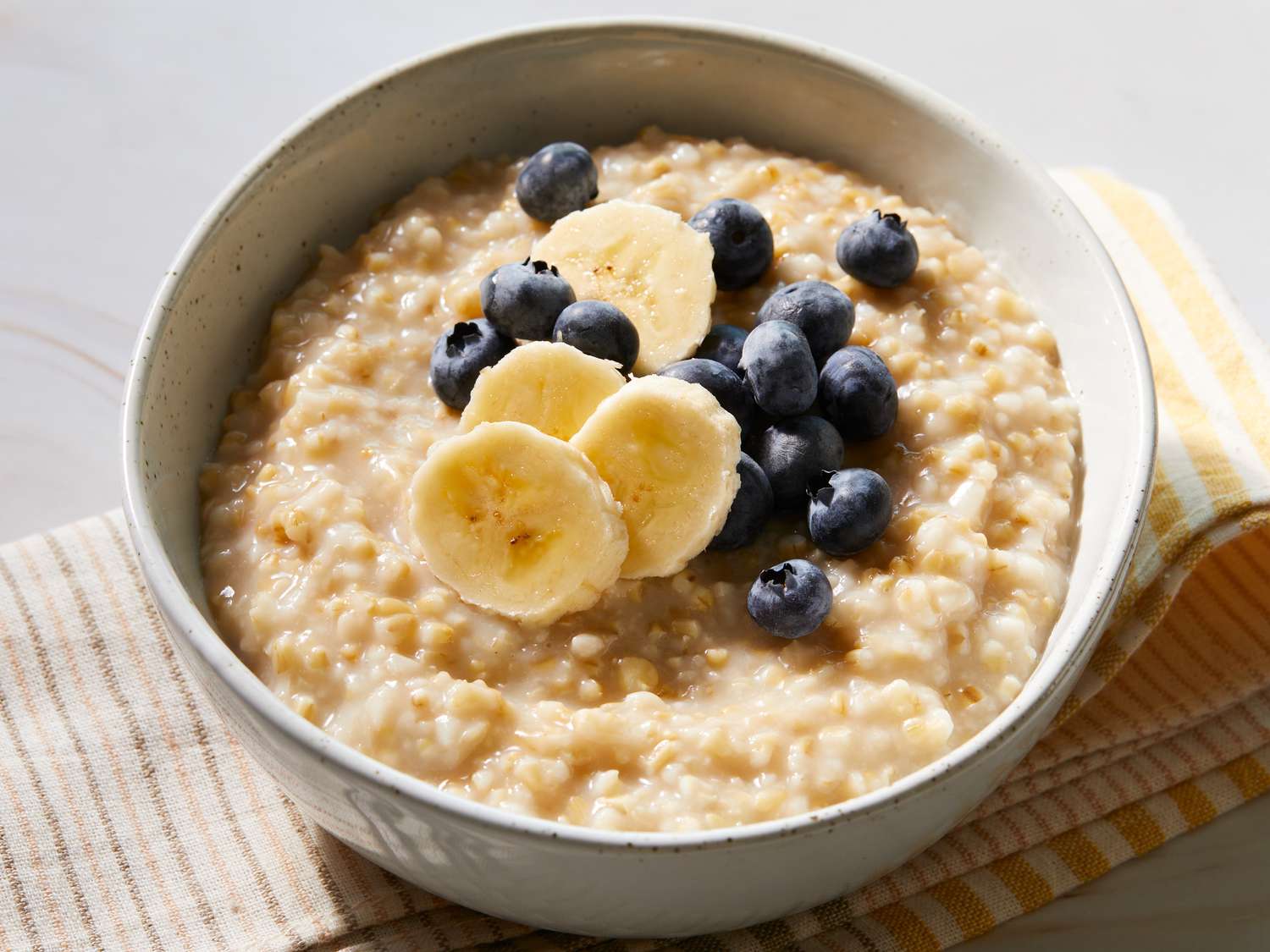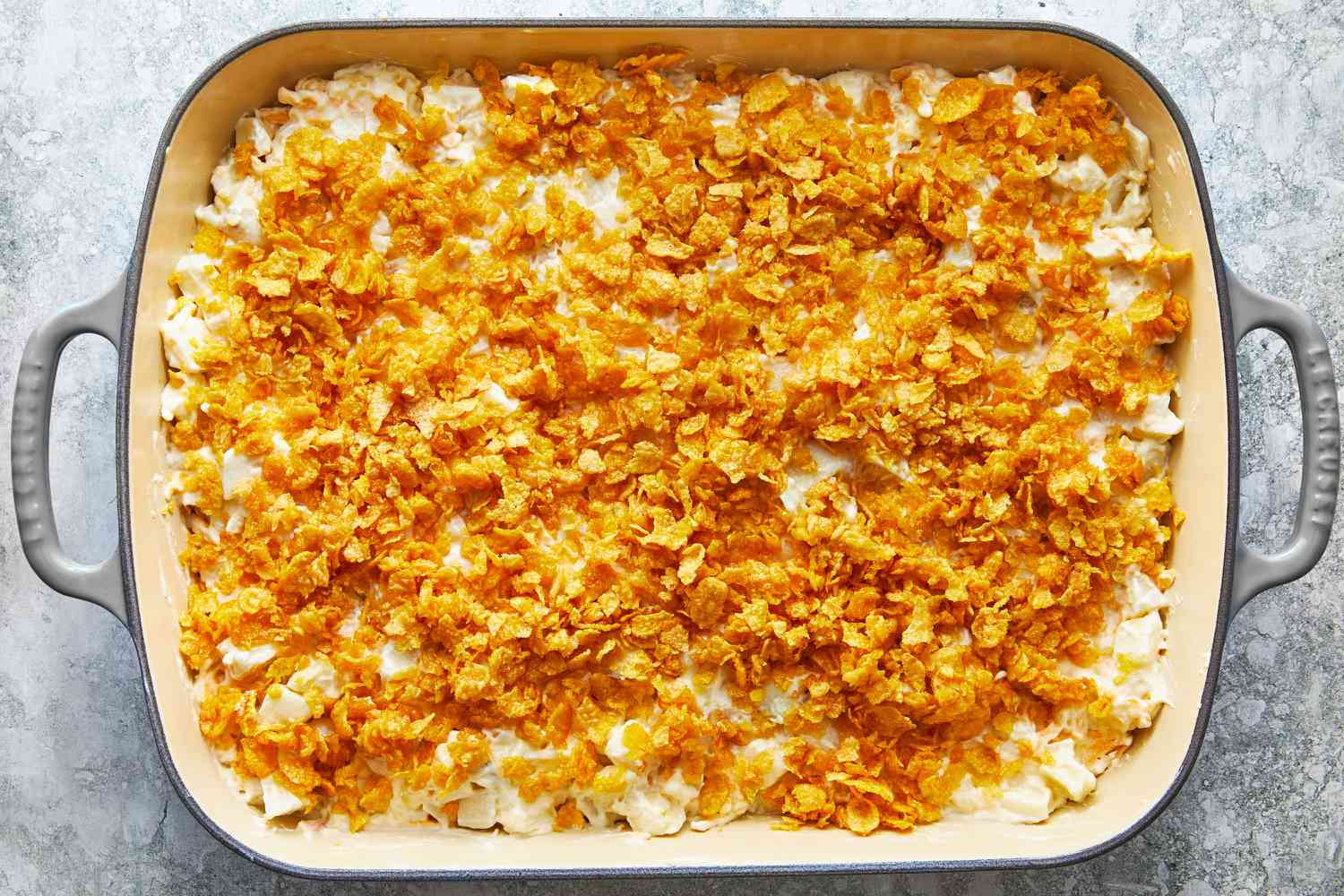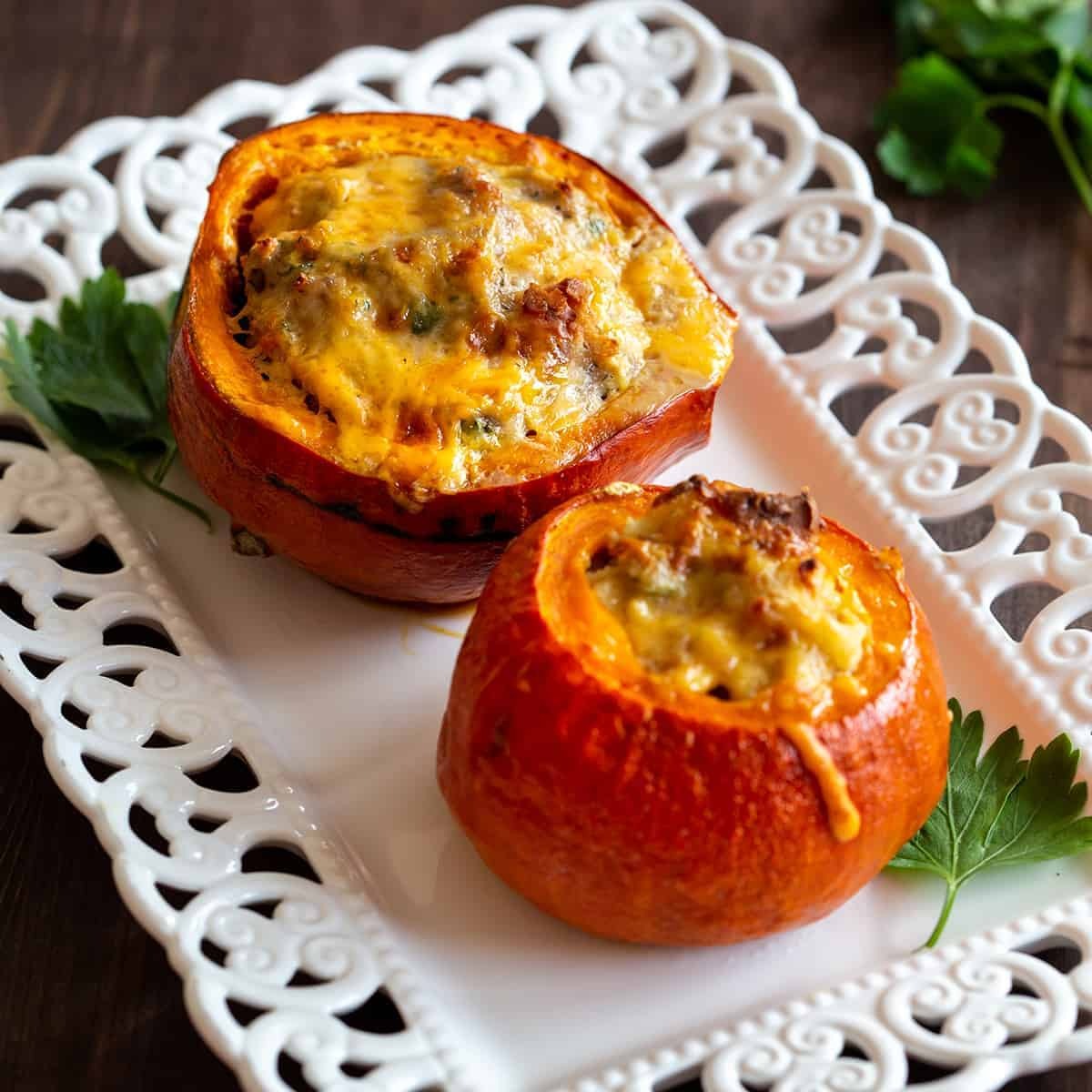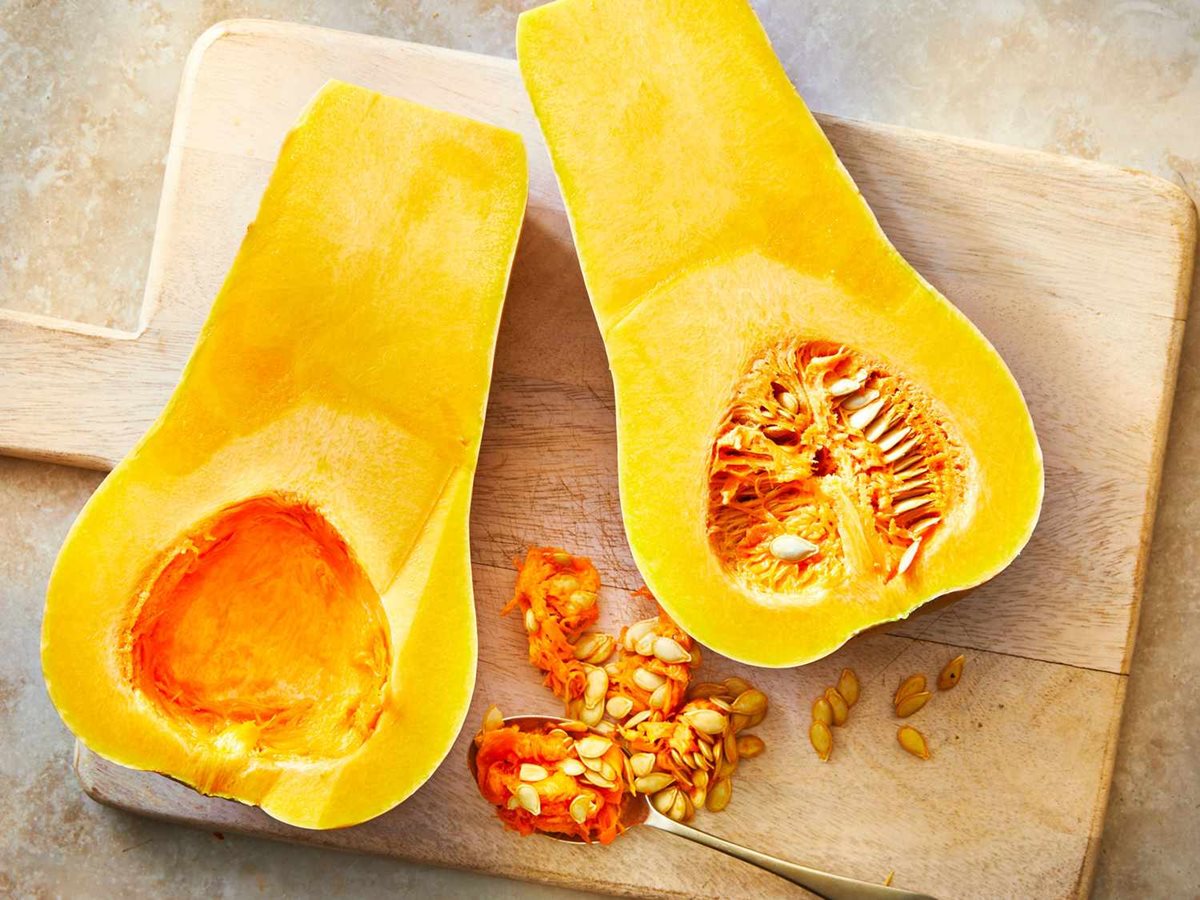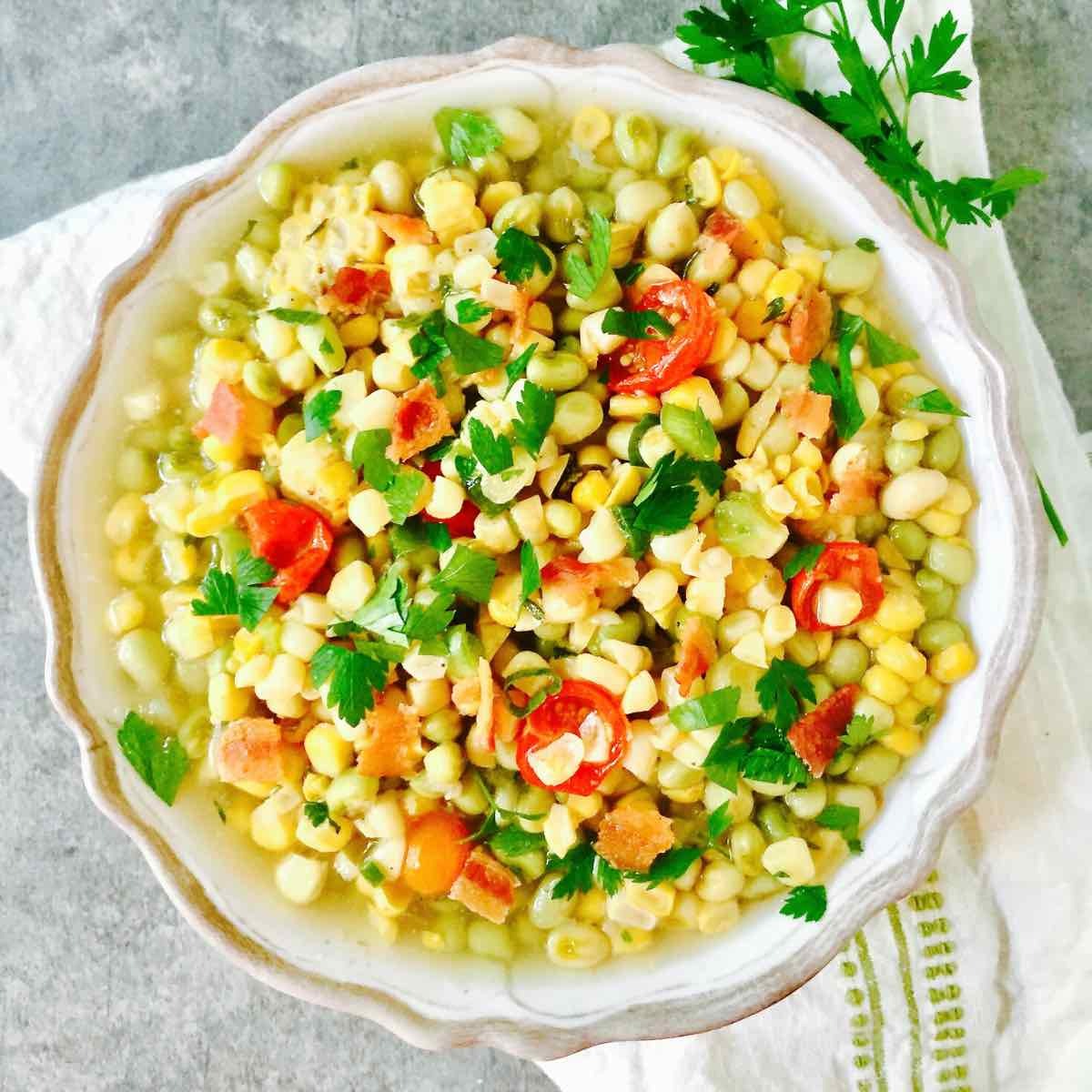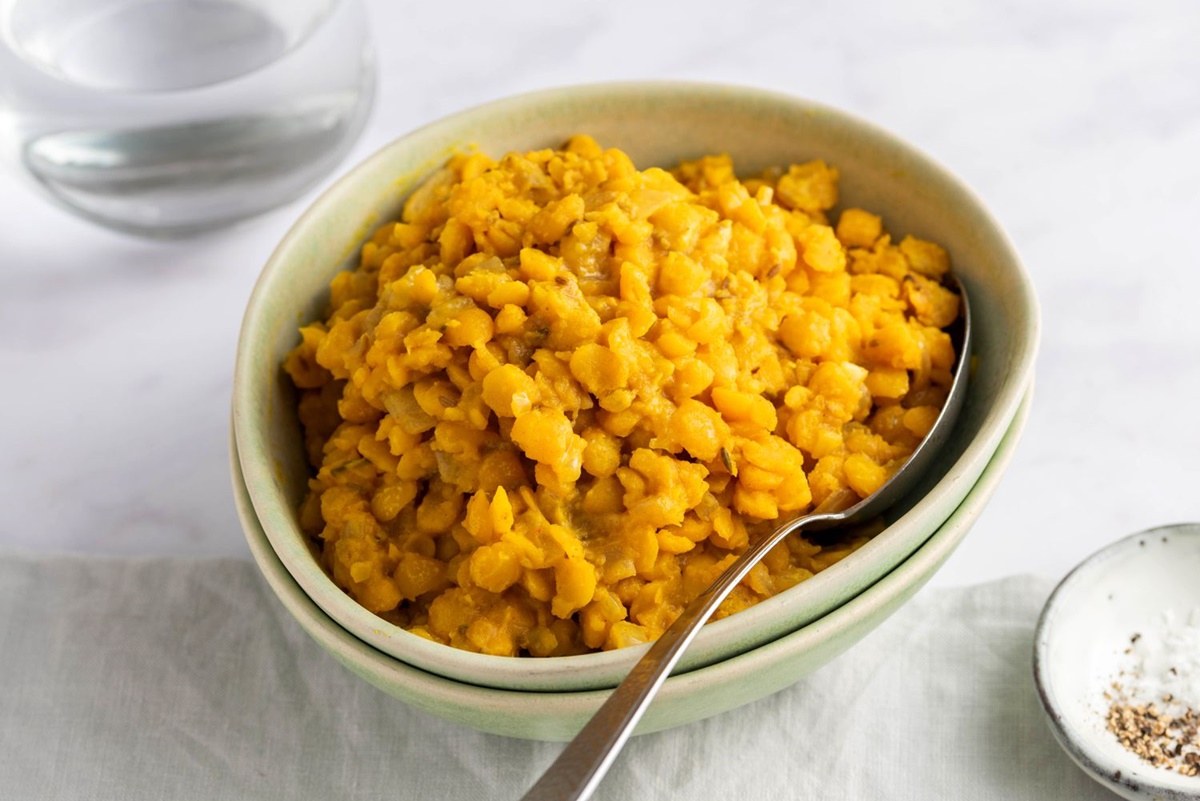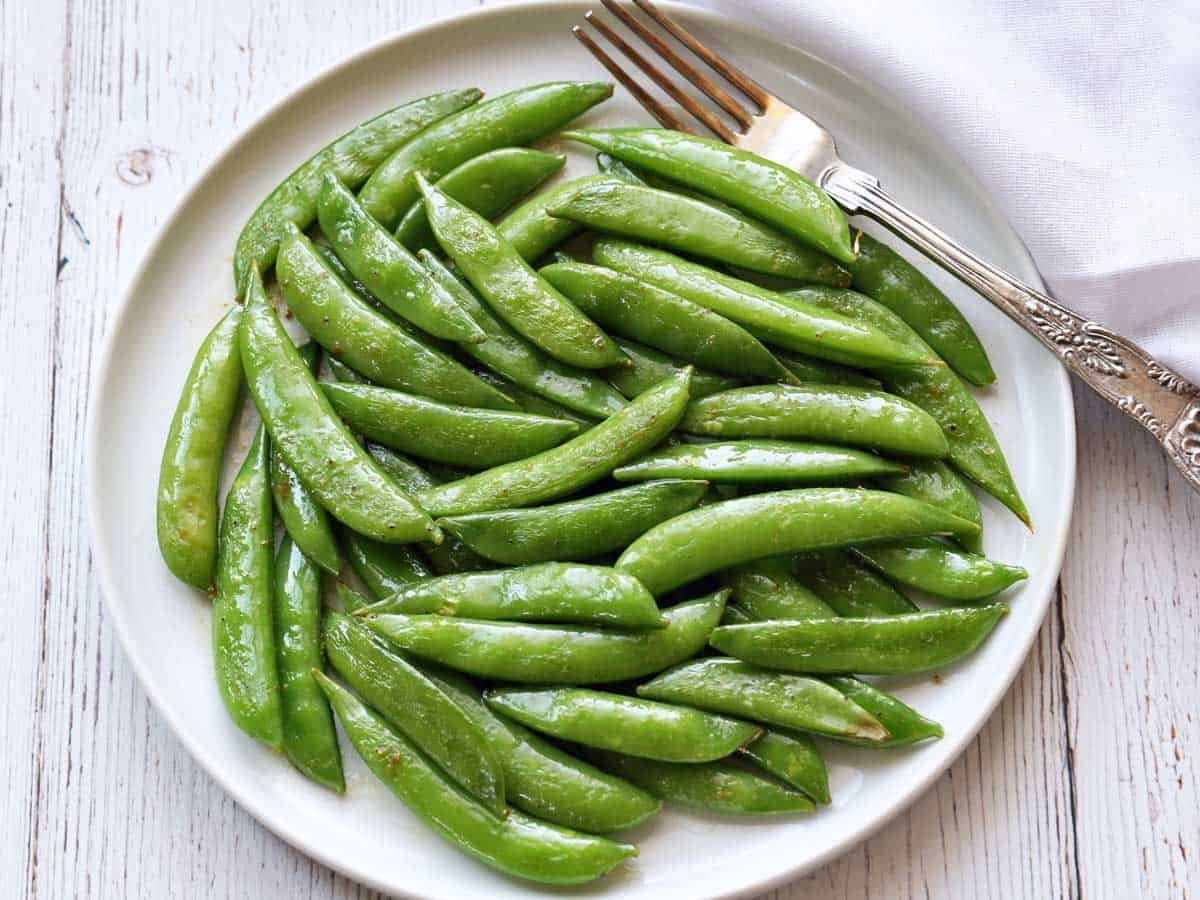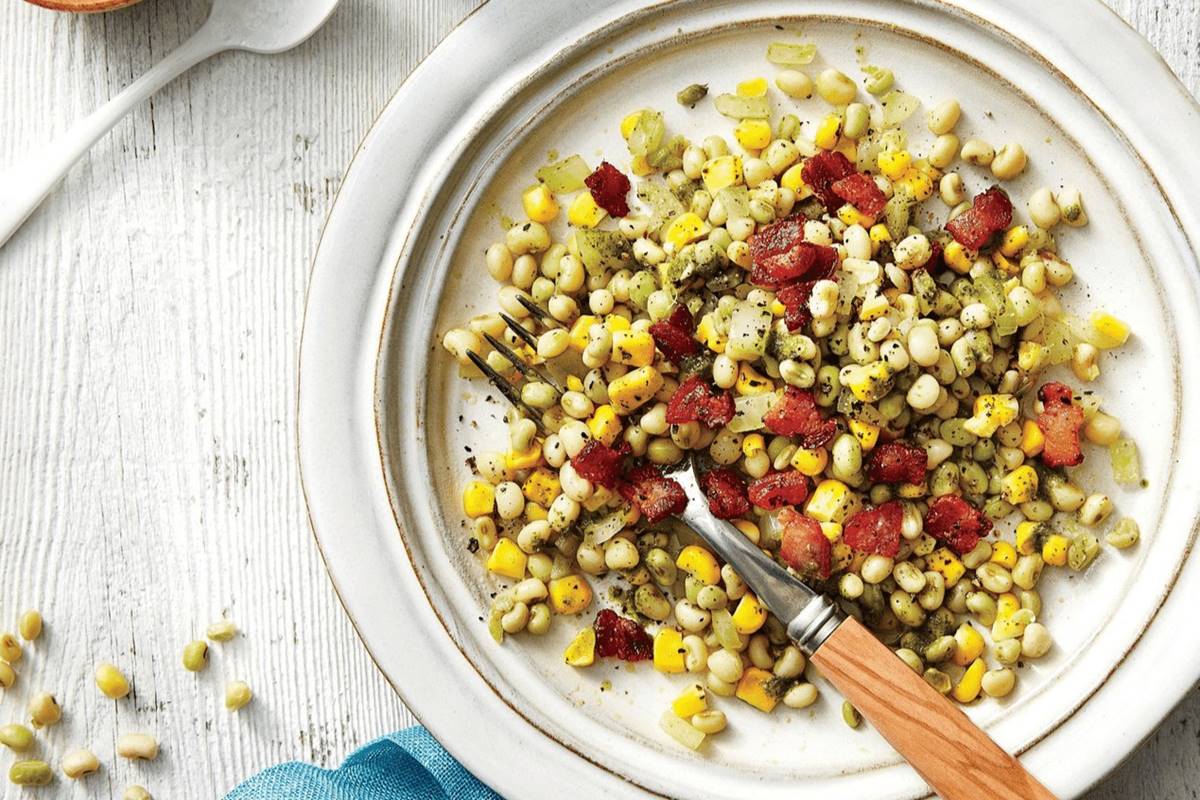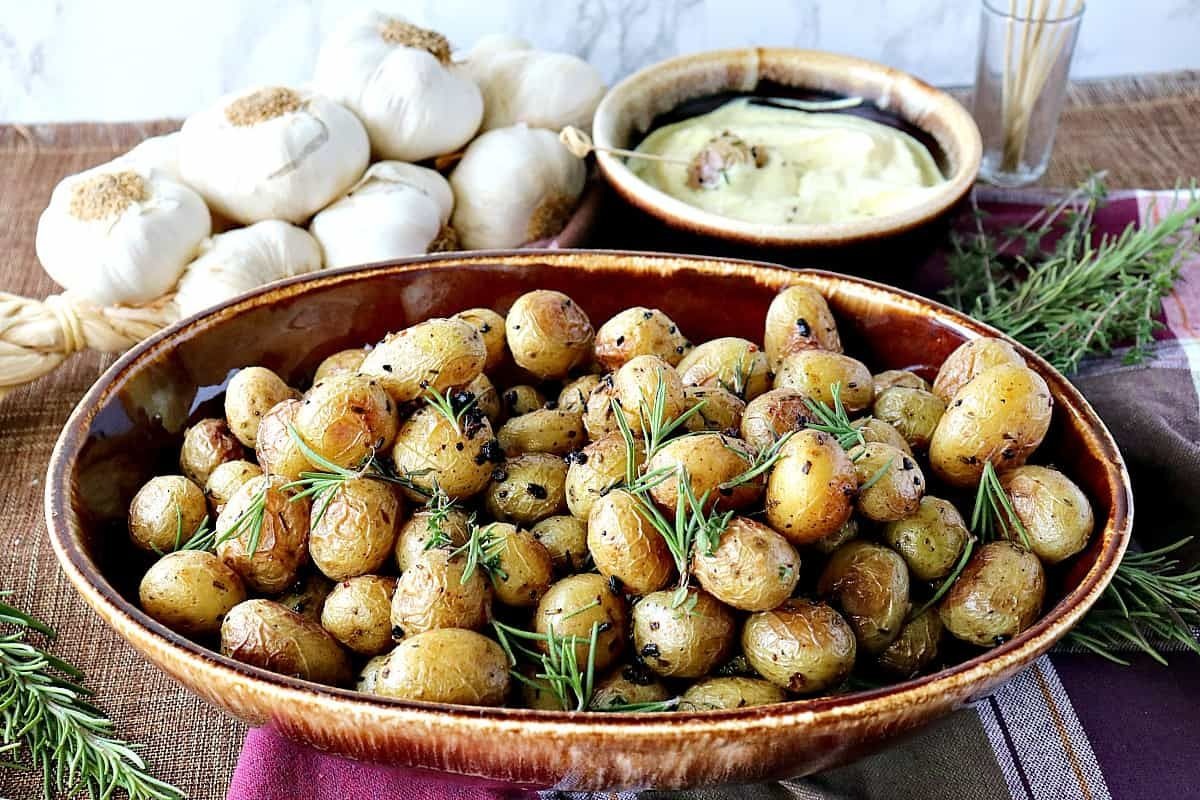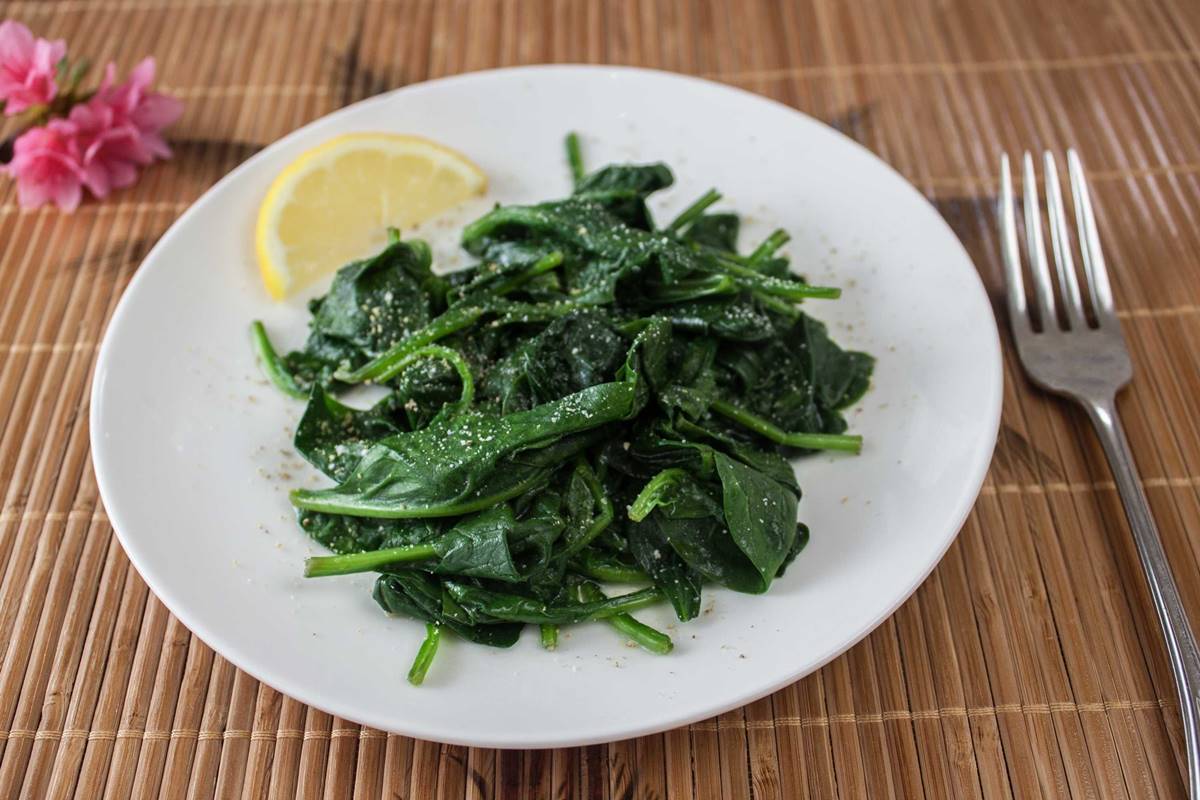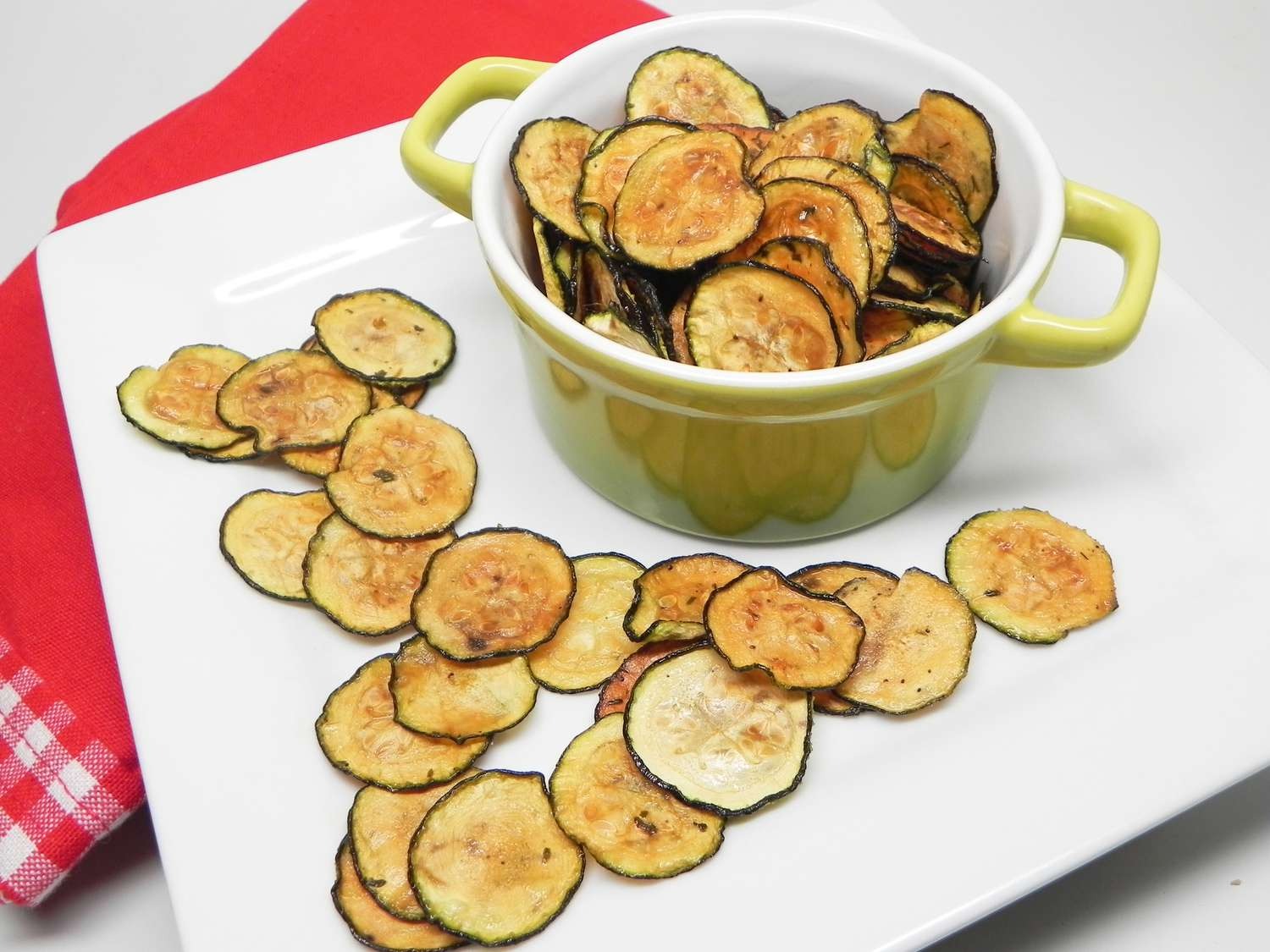Cooking Sweet Dumpling Squash Made Easy
Are you looking for a delicious and versatile vegetable to add to your fall recipes? Look no further than sweet dumpling squash! This small and flavorful winter squash is packed with nutrients and can be prepared in various ways. In this blog post, we will guide you through the process of cooking sweet dumpling squash to perfection.
1. Selecting and Preparing Sweet Dumpling Squash
When choosing sweet dumpling squash, look for those that are firm and have an intact skin without any soft spots. The skin should be vibrant orange with green stripes. The smaller the squash, the sweeter it tends to be. To prepare the squash for cooking, start by washing it thoroughly under running water. Then, carefully cut it in half lengthwise and scoop out the seeds and fibrous center using a spoon.
2. Roasting Sweet Dumpling Squash
Roasting sweet dumpling squash brings out its natural sweetness and enhances its flavors. Here’s how to do it:
- Preheat your oven to 400°F (200°C).
- Place the squash halves, cut side up, on a baking sheet lined with parchment paper.
- Drizzle a little olive oil over each half, and season with your favorite herbs and spices such as salt, pepper, and cinnamon.
- Roast the squash for about 30-40 minutes, or until the flesh is tender when pierced with a fork.
- Once cooked, remove from the oven and let cool for a few minutes before serving.
Roasted sweet dumpling squash can be enjoyed as a side dish, or used as a base for grain bowls or salads.
3. Stuffed Sweet Dumpling Squash
If you’re looking for a more filling meal, consider stuffing sweet dumpling squash with delicious ingredients. Here’s a simple recipe to try:
- Sauté onions, garlic, and your choice of vegetables such as mushrooms, spinach, or bell peppers in a pan with olive oil.
- Add cooked quinoa or rice to the pan and mix well.
- Season the mixture with herbs and spices like thyme, sage, or paprika.
- Spoon the filling into the hollowed-out squash halves.
- Place the stuffed squash in a baking dish and bake at 375°F (190°C) for about 25-30 minutes, or until the filling is heated through.
Stuffed sweet dumpling squash makes for a hearty and visually appealing main course.
4. Sweet Dumpling Squash Soup
If you’re in the mood for a warm and comforting dish, sweet dumpling squash soup is the answer. Here’s a quick recipe:
- Peel and chop the sweet dumpling squash into small pieces.
- In a large pot, sauté onions, garlic, and carrots in olive oil until they become tender.
- Add the squash pieces, vegetable broth, and your favorite spices like nutmeg, ginger, and cinnamon. Bring to a boil.
- Reduce the heat and let simmer for about 20-25 minutes, or until the squash is soft.
- Using an immersion blender or a regular blender, puree the soup until smooth and creamy.
- Season with salt and pepper to taste, and garnish with fresh herbs or a swirl of cream if desired.
This velvety sweet dumpling squash soup makes for a delightful appetizer or a light meal.
5. Incorporating Sweet Dumpling Squash in Other Recipes
Sweet dumpling squash can be used in a variety of dishes, from savory to sweet. Try adding roasted squash to salads, grain bowls, or even pizzas. You can also use pureed squash as a base for creamy pasta sauces or as a substitute for pumpkin in baked goods like pies, muffins, and bread.
Now that you know how to cook sweet dumpling squash, it’s time to get creative in the kitchen and try out these delicious recipes. Enjoy the flavors and textures this versatile vegetable has to offer!
For those eager to experiment in the kitchen, there are a few standout recipes from the guide on how to cook sweet dumpling squash that are sure to impress. The Roasted Sweet Dumpling Squash with Maple Glaze is a simple yet delicious way to highlight the squash's natural sweetness. For a heartier option, try the Stuffed Sweet Dumpling Squash with Quinoa and Vegetables, which offers a nutritious and satisfying meal. If you're in the mood for comfort food, the Sweet Dumpling Squash and Sausage Casserole is a must-try, combining savory sausage with the tender squash. Lastly, the Sweet Dumpling Squash and Goat Cheese Tart provides a gourmet twist that's perfect for special occasions. These recipes not only utilize the cooking techniques discussed in the article but also showcase the versatility of sweet dumpling squash.
Was this page helpful?
Read Next: How To Cook Smoked Turkey Necks On The Stove
